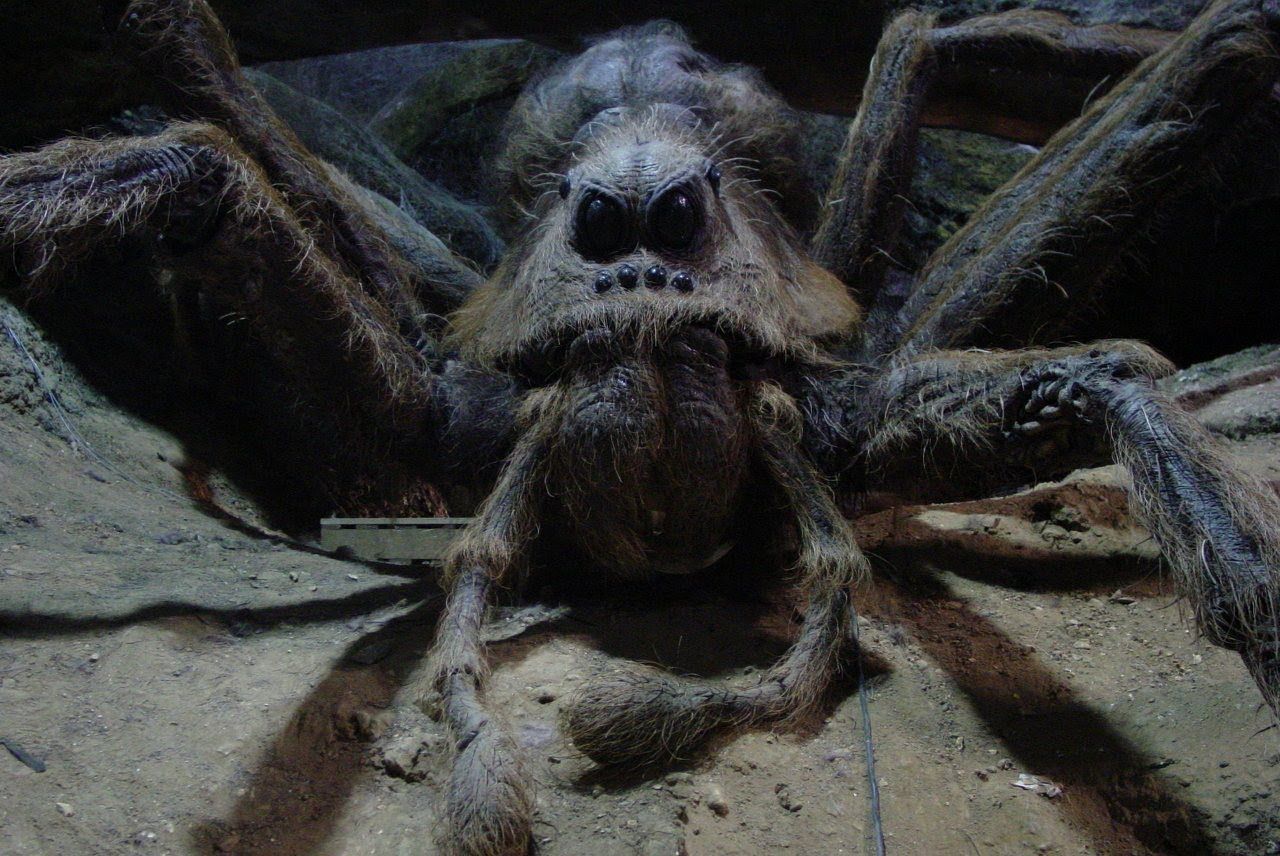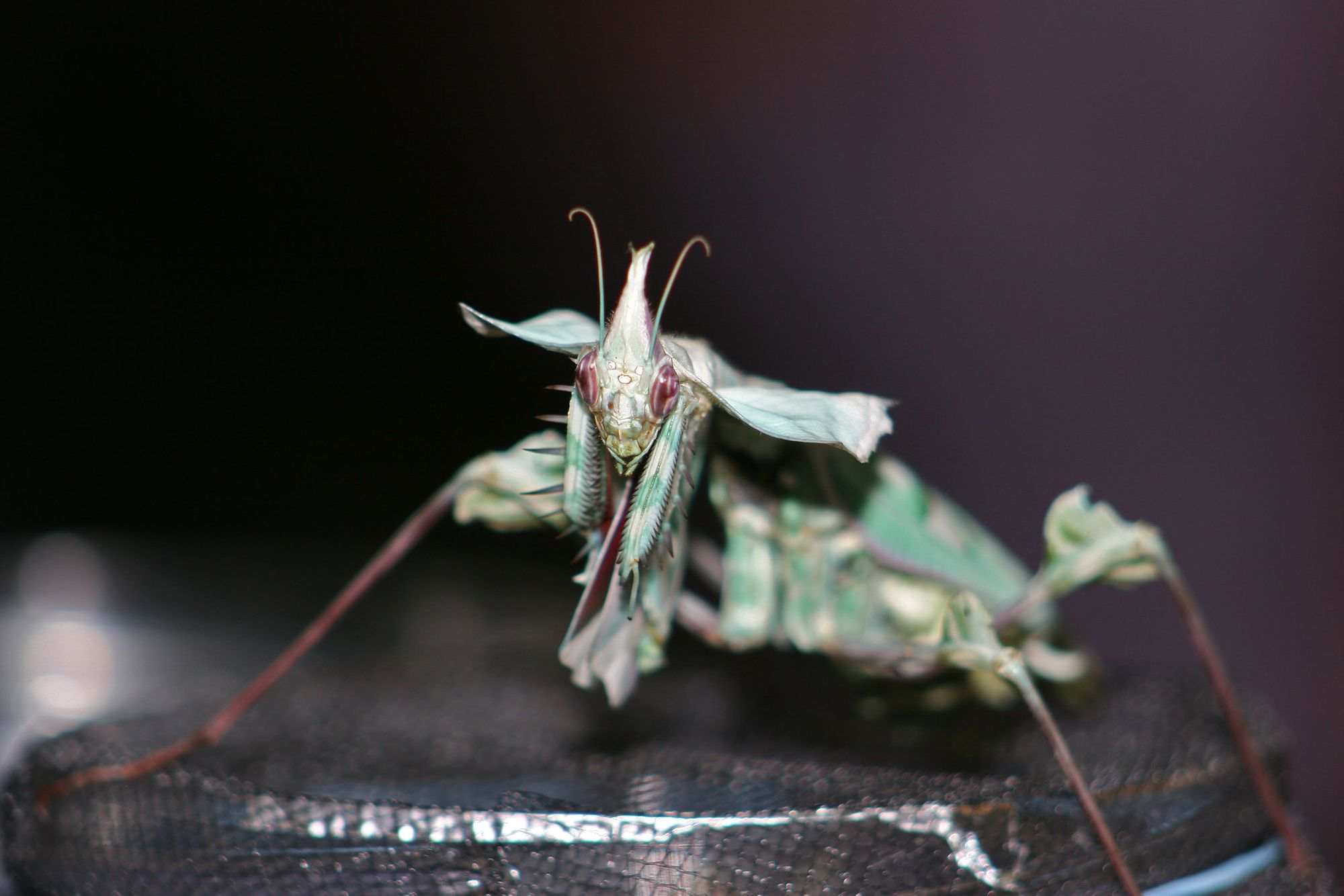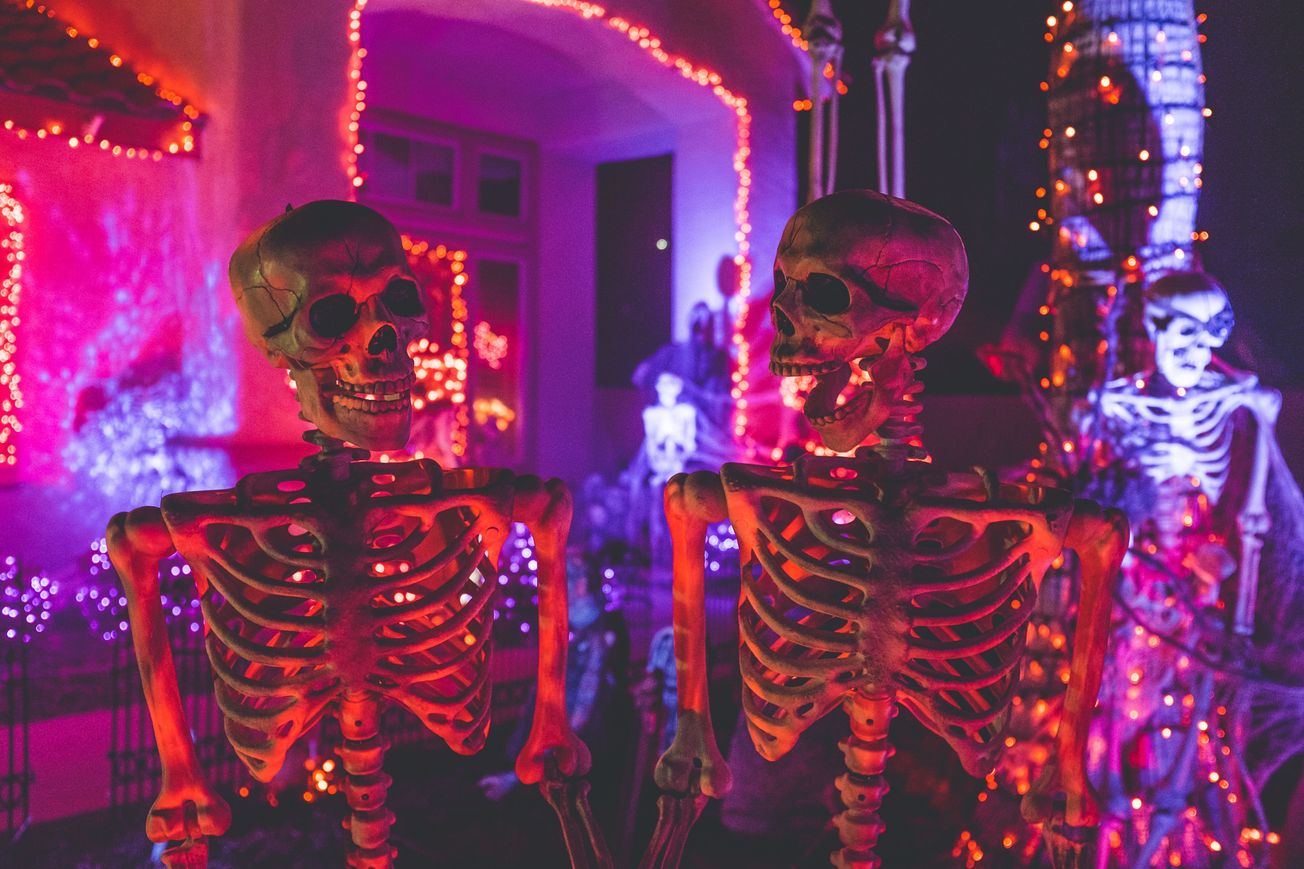By Vilhelmiina Haavisto, SciTech Editor
With Halloween just around the corner, here are some animals and plants with spooky namesakes.

The Vampire Squid
Though they may only grow to be a foot long, the vampire squid (Vampyroteuthis infernalis– literally, "vampire squid from Hell") is a spooky sight to behold. Truly a creature of the night, it inhabits depths of over 800m below sea level, where barely any light reaches. In true vampire fashion, its body is deep satiny black with webbing reminiscent of a cape, and it has white, beak-like jaws. The vampire squid is also covered in photophores; these are specialised organs that produce flashes of light to confuse predators and lure prey towards them in their habitat of eternal darkness.

The orchid Pterichis aragogiana
Discovered earlier this year in Ecuador by two Polish scientists, this newly described species of orchid bears the name of Hagrid’s ‘pet’ spider Aragog from the Harry Potter franchise. P. aragogiana is so named because its olive green and orange-red flowers’ shape bears an eerie resemblance to spiders. Two populations have been described thus far, both occurring at over 3000 m above sea level in the northern Andes. This is not even the only organism named after Aragog – a new species of Iranian wolf spider was named Lycosidae aragogi in 2017, to celebrate the 20th anniversary of the publication of ‘Harry Potter and the Philosopher’s Stone’. Luckily, unlike Aragog, neither the orchid nor the spider has a taste for human flesh.

The devil's flower mantis
Also known as Idolomantis diabolica, the devil's flower mantis is one of the largest species of praying mantis, with females growing to lengths of up to 13 cm. This East Africa native has an impressive ‘threat pose’ where it raises its front legs and shimmies its wings from side to side to confuse and startle a potential predator. Far from devilish, though, is the devil’s flower mantis' hunting strategy; it comes to a complete standstill and pretends to be a flower when eyeing up lunch. The most devilish thing about the mantis is probably its long antennae, which it uses to sense smells and movement in the environment.

Lokiarchaota
Lokiarchaota, a proposed group of Archaea, are named after the 'trickster god' Loki from Norse mythology (and the Marvel cinematic universe). Archaea are single-celled organisms without a nucleus, but are decidedly not bacteria. They are best-known for their ability to exist in extreme environments, such as hydrothermal vents in the deep sea which can reach temperatures of over 400°C. Elusive as ever, it wasn’t until this year that a Lokiarcheota strain was able to be grown in the lab. The existence of the group was proposed after sediments from near a 2,352 m deep hydrothermal vent system, known as “Loki’s Castle”, were searched for genetic material. From a patchwork of genetic fragments, the researchers were able to construct a near-complete genome that they named Lokiarchaeum. The researchers that discovered the group believe it to be a possible “missing link” in the origin of eukaryotes, the group of living organisms that includes animals, plants, and fungi.

Honorable mention: Grim, Reaper and Sickle genes
These genes are aptly named, as they are responsible for the activation of programmed cell death, or apoptosis, in fruit flies (Drosophila melanogaster). Apoptosis occurs throughout the flies’ lifetime; all cells have the ability to undergo apoptosis, but should only do so if prompted. The proteins encoded by grim and reaper do just that, by controling the activity of enzymes known as caspases which ultimately digest and kill the cell. Sickle, meanwhile, inhibits proteins that might interfere with the apoptotic process. Altogether, these genes and their proteins are nothing if not harbingers of death – pretty spooky.
Featured image: Unsplash / NeONBRAND
Have a favourite spooky animal? Tell us about it!









